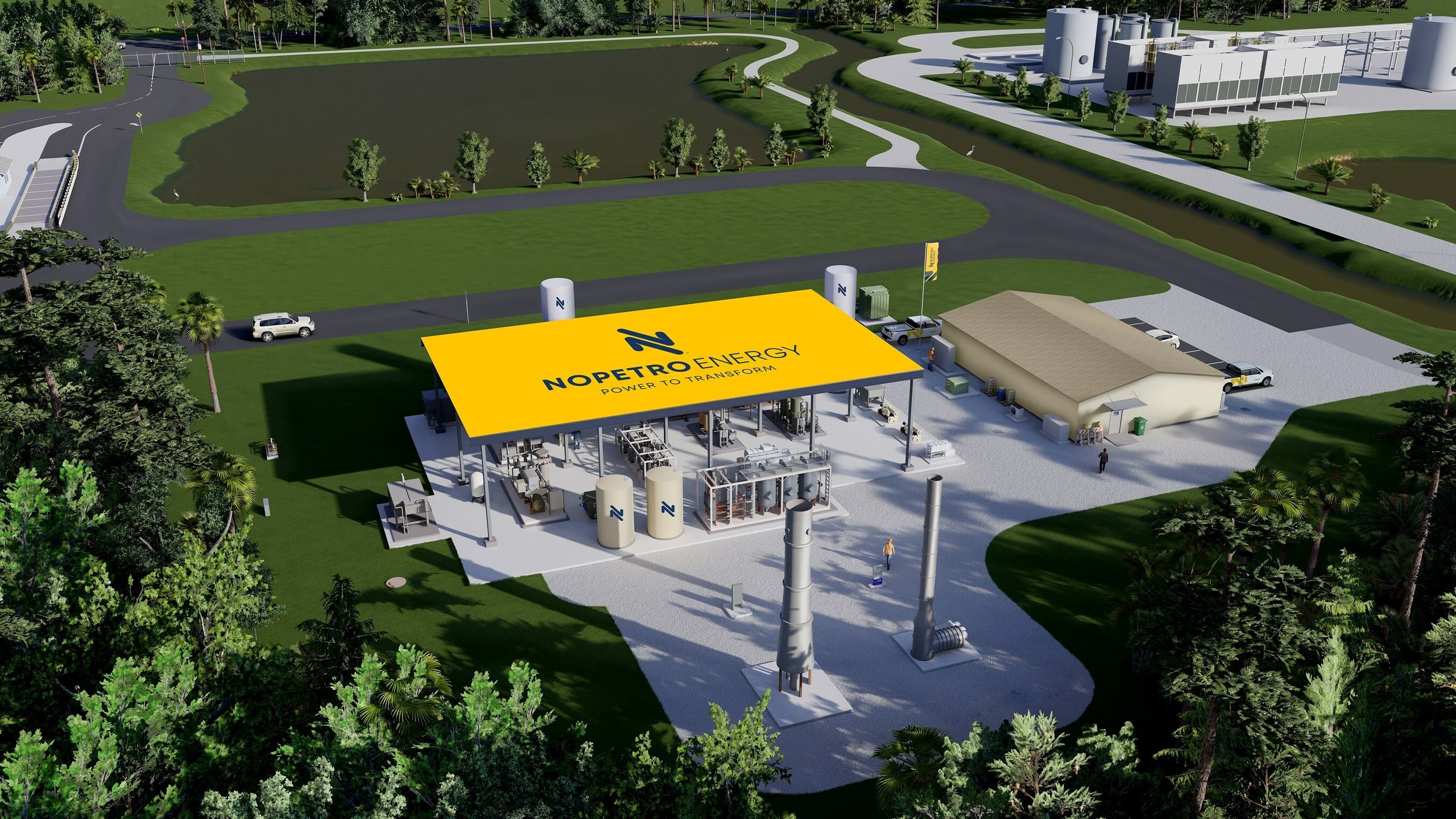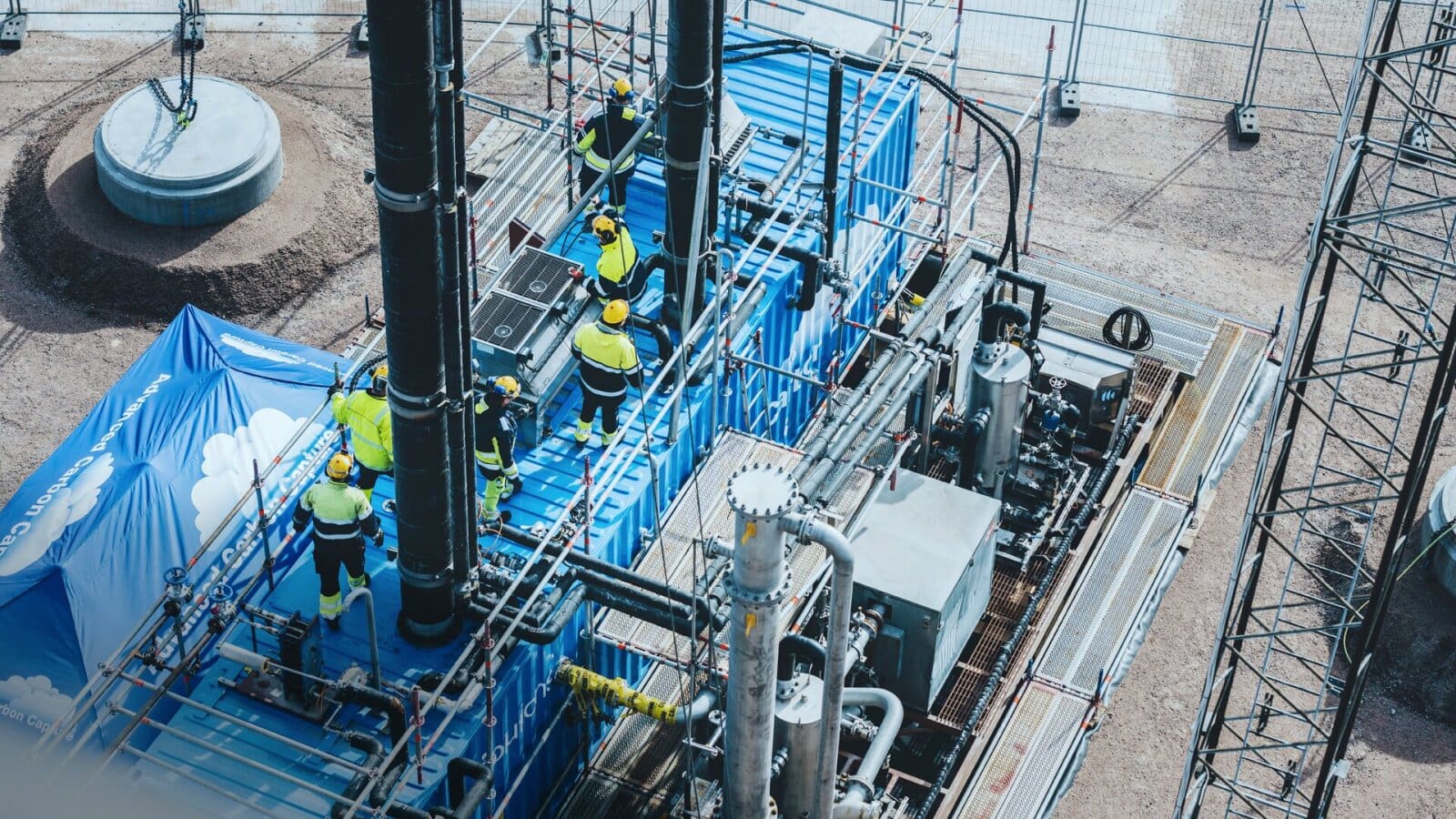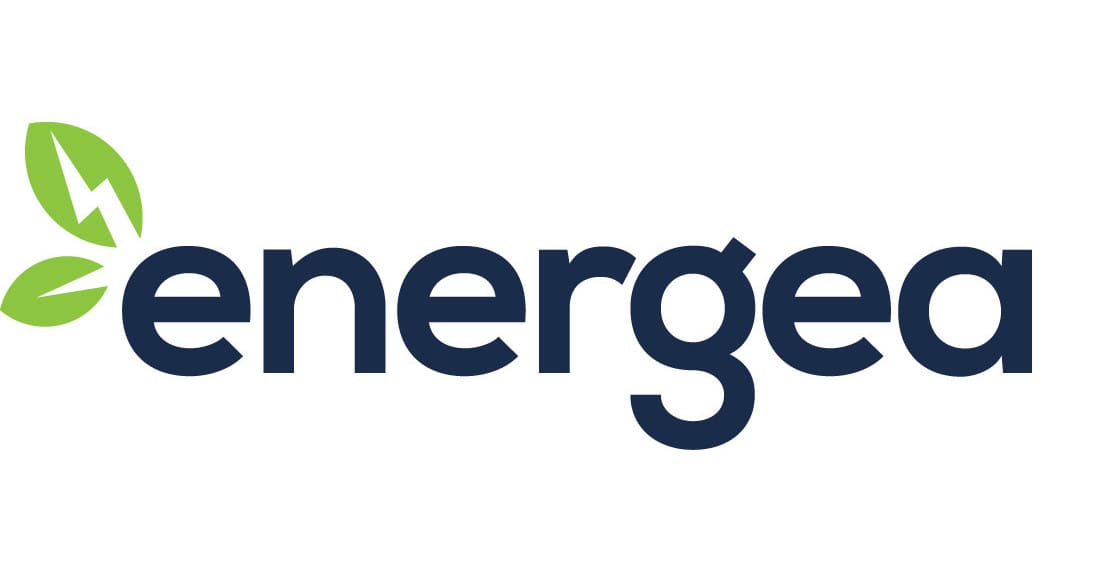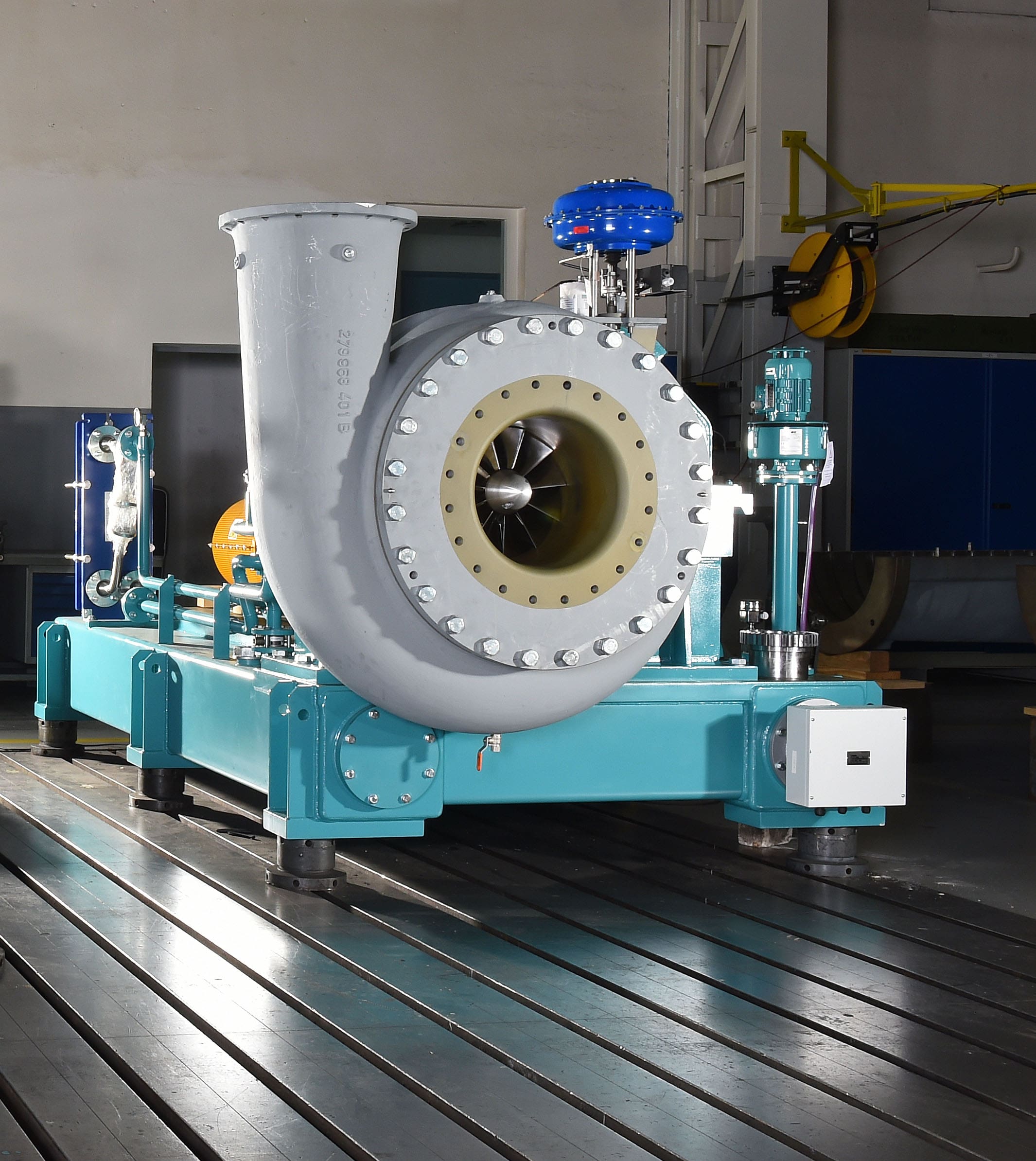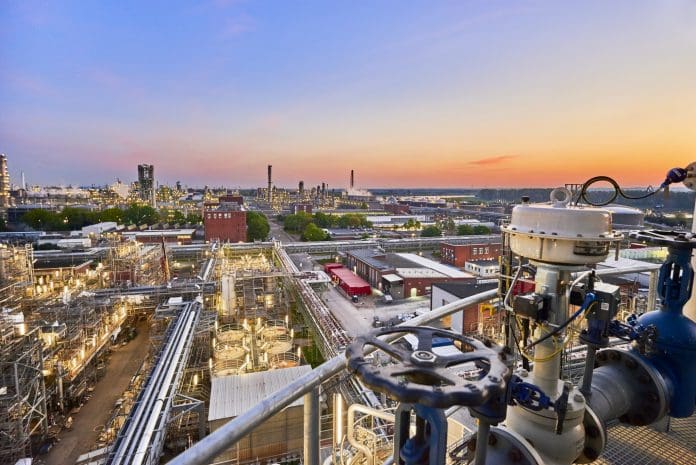
INEOS, the third largest chemical company in the world, is doubling down on its green hydrogen venture through the launch of a decade long US$2.3 billion green hydrogen campaign. The campaign will mostly target water electrolysis projects that use renewable energy instead of fossil fuels to produce hydrogen for power generation, transportation, and industrial use. Ultimately, the goal is to help Europe transition toward sustainable hydrogen production. “Hydrogen is the dream fuel,” said INEOS CEO Jim Ratcliffe. “You can heat your home with it. You can drive your car on it. Burn it and all it produces is energy and the only byproduct is water. We can all live with that.”
In addition to the development of green hydrogen, INEOS will allocate additional funds toward blue hydrogen production where natural gas is split into hydrogen and carbon dioxide (CO2). The CO2 is then typically captured and stored underground and, in some instances, can even be used in industrial processes. “There is an alternative way to make hydrogen which are cheaper and very well understood but produce CO2 as a byproduct,” said Ratcliffe. “This process starts with natural gas and releases the precious hydrogen, but the CO2 that it also produces needs to be captured and reinjected back into the gas field where the natural gas comes from, thereby trapping it so it can’t float up into the atmosphere. Carbon capture and reinjection is still emerging technology and not practiced on a big scale today. It looks manageable though and we have promising results from the work we’re doing right now.”
The Rafnes Green Hydrogen Project
INEOS is Europe’s largest electrolysis operator, producing an estimated 441,000 tons (400,000 tonnes) of low-carbon hydrogen annually. Through its divisions, it is also a major consumer of green hydrogen.
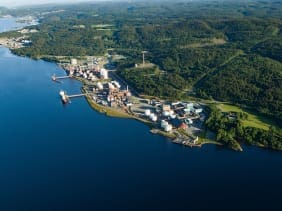
The company’s first investment under its new green hydrogen program is a 20-MW electrolyser in Norway that will produce green hydrogen via zero-carbon electricity. INEOS estimates that the project will reduce CO2 output by 24,251 tons (22,000 tonnes) per year at its Rafnes, Norway, production site. The site hosts INOVYN chlorine and vinyl chloride monomer (VCM) plants, INEOS olefins and polymers cracker, and the Norward Emergency training center. INEOS hopes that the site will grow to become a hub that provides hydrogen to Norway’s transportation sector. “Hydrogen is an important part of a climate neutral economy that has been discussed for decades,” said Wouter Bleukx, INOVYN hydrogen business manager. “As hydrogen becomes available for zero-carbon transportation as well as many applications in the home and in industry, INEOS is uniquely placed to support new opportunities, driven by emerging demand for affordable zero-carbon energy sources.”
The Cologne Green Hydrogen Project
INEOS’s petrochemical site in Cologne, Germany, consists of 21 interconnected plants that tie into three major feedstock and product pipelines. All told, the site produces more than 5.5 million tons (5 million tonnes) of products per year and is one of the largest chemical parks in Europe.

In late October 2021, INEOS’s subsidiary, INOVYN, announced plans to construct a large-scale, 100-MW electrolyser to produce green hydrogen at the Cologne site. INOVYN is INEOS’s low-carbon hydrogen development arm that investments in projects that try to replace existing carbon-based fuels and feedstocks. The project will serve as another investment that’s tied to INEOS’s US$2.3 billion green hydrogen commitment. “This development builds on INEOS’ role in the decarbonization of industry with green ammonia, and methanol production from green hydrogen,” said Hans Casier, CEO of INEOS phenol and INEOS nitriles. “The transition is driven by the growing demand for low-carbon and affordable energy sources.”
The manufactured green hydrogen will then be used to produce green ammonia. INEOS estimates that the project will reduce its Cologne site carbon emissions by at least 132,000 tons (120,000 tonnes) per year. Longer term, INEOS estimates that the transition toward green ammonia production alone could lead to reducing 1% of global greenhouse gases per year. “The green hydrogen project is an important milestone in achieving a significant carbon footprint reduction at the Koln site and in driving forward our ambitious sustainability agenda toward net-zero,” said Stephan Müller, energy commercial manager at INEOS olefins and polymers (north division).
Although green hydrogen is the central focus of INEOS’s investments at the Cologne site, the company will also look to develop e-fuels and power-to-methanol applications. Similar to BASF’s goal to reduce emissions at its Ludwigshafen chemical complex, INEOS is looking for ways to decarbonize its chemical value chains, with green hydrogen servings as the primary means to do so. “This project builds on our growing hydrogen portfolio, aiming to accelerate the decarbonization of energy, and supports our ambition to become a leading hydrogen company,” said Bleukx.
INEOS is looking to use carbon capture solutions in combination with green hydrogen. The project has successfully passed the first selection phase of the Important Projects of Common European Interest (IPCEI) process.
Green Hydrogen In The Transportation Industry
In September 2019, INEOS announced a US$821 million investment to develop its INEOS Grenadier 4×4 vehicle and bring it to market in 2021. After announcing the design of the Grenadier in July 2020, it looked less likely INEOS would launch the car on time. However, the company’s automotive division is now investing in hydrogen fuel cell technology to give the Grenadier a clean power train. Testing is expected to begin by the end of 2022. “We believe that hydrogen is the fuel of the future and INEOS is determined to take a leading role in its development,” said INEOS CEO Jim Ratcliffe. “When used in a fuel cell, hydrogen only produces water and is the United Kingdom’s best chance of reaching its carbon reduction targets. Electric cars are ideal for city centers and short journeys. But hydrogen is much better for longer journeys and heavier loads and that requires immediate investment in hydrogen distribution and hydrogen filling stations.”

“Most people today are familiar with the electric car,” said Ratcliffe. “Legislation is leaning in this direction for urban centers. There are no exhaust fumes, so no carbon and the vehicles are becoming more accessible. But on a longer journey, the long charging time becomes an issue, together with the often misquoted ‘range’ which can be very restrictive. There is a bigger issue for heavy transport. If electrified, a big truck needs to cart around seven tonnes [7.7 tons] of battery and it cannot afford to hang around recharging, so this will never work. The same is true for buses. Hydrogen offers an attractive alternative. Firstly, a hydrogen engine [known as a fuel cell] is the same size as a normal engine and, secondly, the time taken to fuel up is the same as a normal engine. So, no waiting around and no range issues. In the home, a gas boiler could be replaced by a hydrogen boiler. You would hardly notice.”
INEOS’s Role In Europe’s Hydrogen Transition
INEOS argues that hydrogen could reduce greenhouse gas emissions in the residential sector by replacing natural gas. It estimates that greenhouse gases could be reduced by at least a third if this transition were to take place. “So, what does it take to make the hydrogen economy work? For it to be practical and effective? Three things. One, it needs the engines/boilers. Two, it needs industry to make the hydrogen and three, it needs hydrogen infrastructure in the form of filling stations and underground pipes like we have for natural gas,” said Ratcliffe. “Hyundai, BMW, Mercedes, etc. have many demonstration hydrogen engines happily driving around. We will have a hydrogen INEOS Grenadier on test next year [alongside an electric version]. This piece of the jigsaw is the most advanced. The infrastructure, clearly critical, needs government push on legislation and investment. The German government is well advanced with nine billion Euros committed and more than 200 filling stations operational. The UK government has yet to get out of the blocks but hopefully soon will. The United Kingdom has only a handful of hydrogen pumps today.”

INEOS’ goals are in lockstep with the European Union’s push to make Europe the leader in green hydrogen. Spain has earmarked US$10.5 billion toward its Hydrogen Roadmap over the next 10 years. For comparison, consider that analysts estimate that the global hydrogen market will reach US$124.5 billion in 2021 and US$184.1 billion by 2028. The majority of funds will come from the private sector with support from the public sector. Spain’s hydrogen pledge matches that of Germany, which is commonly regarded as Europe’s leader in hydrogen energy investment.
All told, INEOS estimates that its investments in the Rafnes hydrogen project and the Cologne hydrogen project will mark the largest ever investment in European electrolysis projects. “INEOS is uniquely placed to play a leading role in developing these new opportunities, driven by emerging demand for affordable, low-carbon energy sources, combined with our existing capabilities in operating large-scale electrolysis,” said Geir Tuft, CEO of INOVYN.





